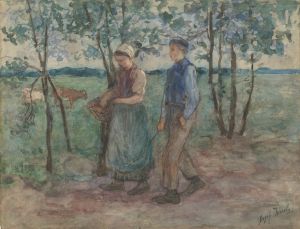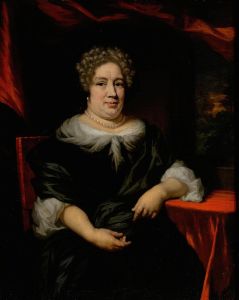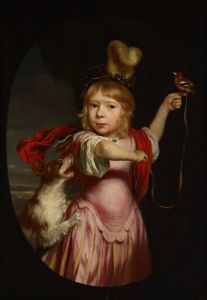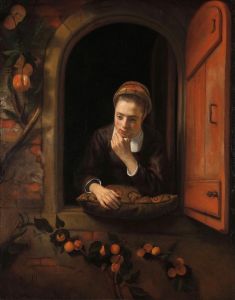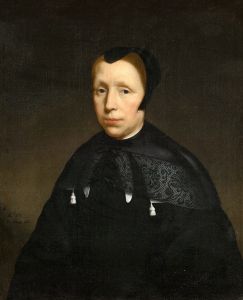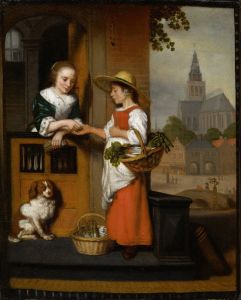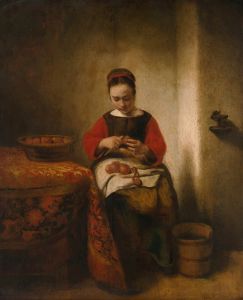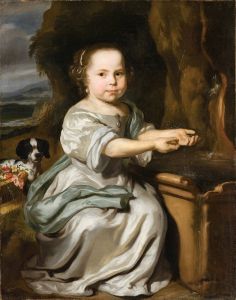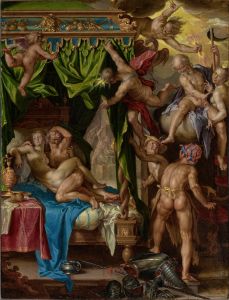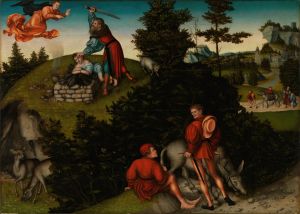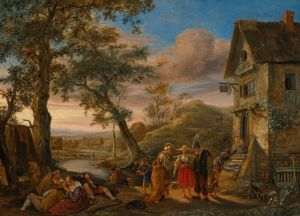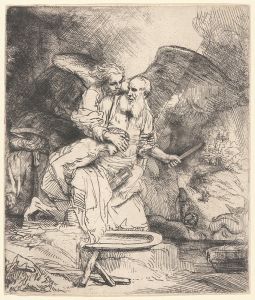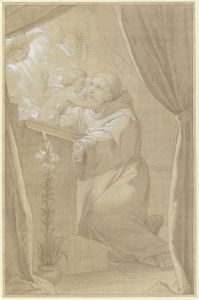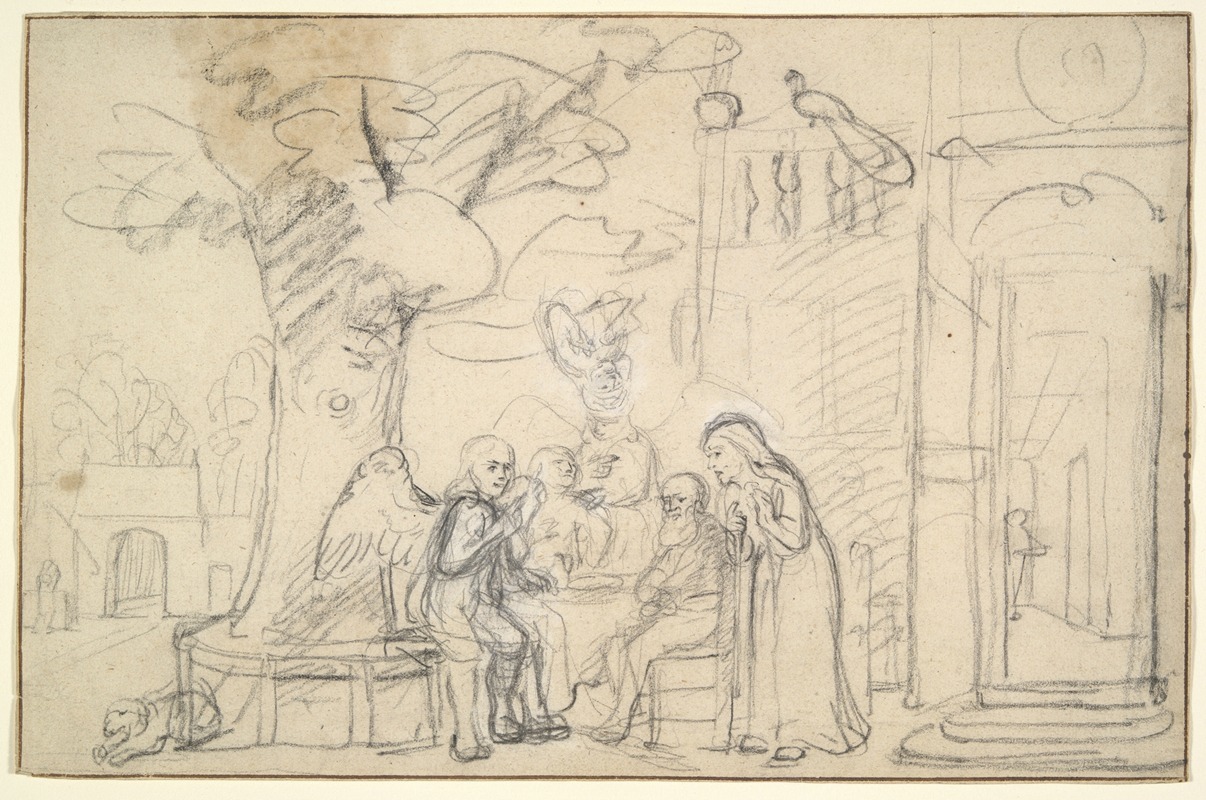
Abraham Entertaining the Angels
A hand-painted replica of Nicolaes Maes’s masterpiece Abraham Entertaining the Angels, meticulously crafted by professional artists to capture the true essence of the original. Each piece is created with museum-quality canvas and rare mineral pigments, carefully painted by experienced artists with delicate brushstrokes and rich, layered colors to perfectly recreate the texture of the original artwork. Unlike machine-printed reproductions, this hand-painted version brings the painting to life, infused with the artist’s emotions and skill in every stroke. Whether for personal collection or home decoration, it instantly elevates the artistic atmosphere of any space.
Nicolaes Maes, a prominent Dutch Golden Age painter and a pupil of Rembrandt, created the painting Abraham Entertaining the Angels around 1656. This work is an oil painting on canvas and is considered an example of Maes's early career, during which he was heavily influenced by his teacher, Rembrandt van Rijn. The painting depicts a biblical scene from the Book of Genesis (18:1–15), where Abraham receives three angelic visitors who foretell the birth of his son, Isaac.
The composition of the painting reflects Maes's mastery of light and shadow, a hallmark of Rembrandt's influence. The scene is set in a domestic environment, with Abraham shown in the act of hospitality, offering food and drink to the angels. The figures are rendered with a sense of intimacy and warmth, emphasizing the human connection in this divine encounter. The use of chiaroscuro enhances the dramatic effect, drawing attention to the central figures and their expressions.
This painting is notable for its narrative clarity and emotional depth. Maes captures the moment with a sense of reverence and humility, aligning with the themes of faith and divine promise central to the story. The angels are depicted with subtle indications of their supernatural nature, blending seamlessly into the otherwise earthly setting.
Abraham Entertaining the Angels is housed in the National Gallery in London, where it is part of their collection of Dutch paintings. The work is appreciated for its technical skill and its ability to convey a complex biblical story in a visually compelling manner. It serves as an example of Maes's early style before he transitioned to the genre scenes and portraits for which he later became well-known.
This painting provides insight into the religious and artistic culture of the Dutch Golden Age, reflecting both the personal piety of the time and the influence of Rembrandt's dramatic and emotive approach to biblical subjects.





